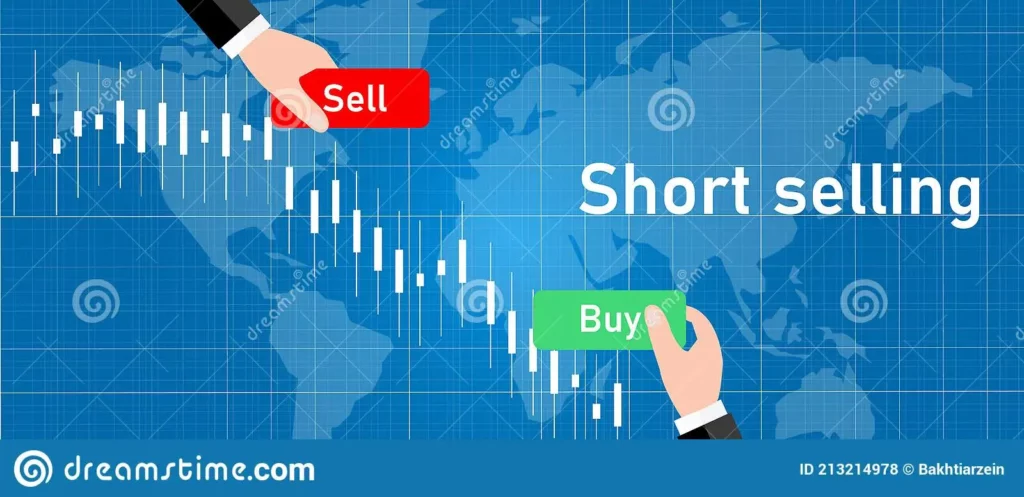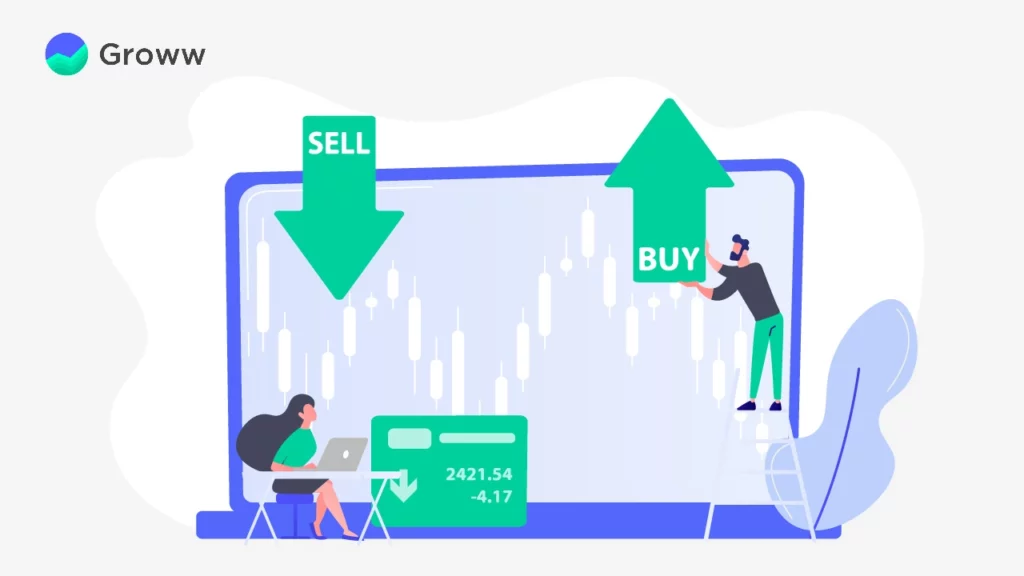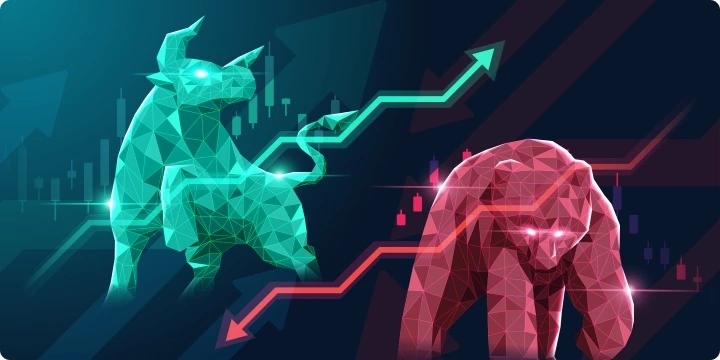Overview of News and Events
Basics of stock market
• Why invest?
• who regulates
• financial interdependence
• IPOs
• Stock Market returns
• Trading system
• Day end settlements
• Corporate actions
• News and Events
• Getting started
• Rights, ofs,fpo and more
• Notes

9.1 Overview
A market participant may find it insufficient to make decisions solely on the basis of company-specific information. Understanding the events that affect the markets is also crucial. Numerous external factors, such as economic and/or non-economic events, have a substantial impact on the performance of equities and markets as a whole.
We’ll attempt to comprehend some of these events in this chapter, as well as how the stock market responds to them.
Also, interdependent financial intermediaries work together to form the ecosystem that supports the financial markets. You can learn more about these financial intermediaries and the services they provide by reading this chapter.c

9.2 – Monetary Policy
One of the most crucial financial intermediaries you should be aware of is the stockbroker.
Whereas stockbroker is a business that has registered with the stock exchange as a trading member and has a stockbroking license. They adhere to the rules established by SEBI.
Your entry point into stock exchanges is a stockbroker. To begin, you must open a “Trading Account” with a broker who satisfies your requirements. Your requirement might be as straightforward as the broker’s office’s proximity to your home. At the same time, finding a broker who can give you a single platform through which you can conduct business on numerous exchanges around the world can be challenging. We’ll go over what these requirements might be later on, as well as how to pick the best broker at this time. Firstly you can conduct financial transactions in the market using a trading account. A trading account is a brokerage account that enables the investor to buy and sell securities.
The Reserve Bank of India (RBI) uses monetary policy as a tool to manage the money supply by regulating interest rates. They adjust interest rates to achieve this. The RBI is the nation’s main bank. The central bank of every nation on earth is in charge of deciding on interest rates.
The RBI must strike a balance between growth and inflation when determining interest rates. Simply put, if interest rates are high, borrowing costs are also high (particularly for corporations). Corporations cannot expand if borrowing is difficult. If businesses don’t expand, the economy sputters.
On the other hand, borrowing is simpler when interest rates are low. This results in more money in the pockets of businesses and customers. With more money comes more spending, which causes retailers to raise prices, which causes inflation.
The RBI must carefully set a few key rates and take into account all the variables to achieve balance. Economic chaos can result from any inequity in these rates. The following are the important RBI rates that you should monitor:
Repo Rate: Banks can borrow money from the RBI whenever they need to. The repo rate is the interest rate at which the RBI lends money to other banks. The cost of borrowing is high when the repo rate is high, which causes the economy to grow slowly. In India, the repo rate is currently 8%. Markets disagree with the RBI’s decision to raise repo rates.
Reverse repo rate – The reverse repo rate refers to the interest rate at which the RBI borrows money from banks. Banks are happier to lend money to RBI than to a corporation because they are confident that RBI won’t default when they do so. However, the amount of money available in the banking system declines when banks decide to lend money to the RBI rather than a corporate entity. Reverse repo rate increases tighten the money supply, which is bad for the economy. Right now, the reverse repo rate is 7 percent.
Every bank must abide by the cash reserve ratio and maintain funds on deposit with the RBI (CRR). The CRR affects how much they keep in reserve. The economy suffers because more money is removed from circulation as CRR rises.
Every two months, the RBI meets to discuss rates. The market keeps an eye out for this important event. Interest-rate-sensitive stocks from a variety of industries, including banks, automobiles, housing finance, real estate, metals, etc., would be the first to respond to rate decisions.
9.3 – Inflation
Inflation is the term used to describe a steady increase in the average price of goods and services. The value of money decreases as inflation rises. If everything else is equal, inflation is to blame for the price increase if the price of 1 kg of onions went from Rs. 15 to Rs. 20. Although inflation is unavoidable, a high inflation rate is not preferred because it might cause economic unrest. A high inflation rate typically sends the markets the wrong message. Governments strive to bring inflation down to a manageable level. An index is typically used to calculate inflation. Inflation is rising if the index increases by a certain percentage point, and it is cooling off if the index decreases.
There are two types of inflation indices – The wholesale Price Index (WPI) and Consumer Price Index (CPI).
WPI, or the wholesale price index The wholesale price index, or WPI, tracks changes in wholesale prices. It tracks pricing fluctuations when commodities are exchanged between businesses rather than with actual clients. WPI is a straightforward and useful method of calculating inflation. However, it may not accurately reflect consumer inflation if institutional inflation is recorded here.
As I write this, the WPI inflation for May 2014 stands at 6.01%.
Consumer Price Index (CPI)– The CPI, on the other hand, captures the effect of the change in prices at a retail level. As a consumer, CPI inflation is what really matters. The calculation of CPI is quite detailed as it involves classifying consumption into various categories and subcategories across urban and rural regions. Each of these subcategories has its own index. This means the final CPI index is a composition of several internal indices.
The computation of CPI is quite rigorous and detailed. It is one of the most critical metrics for studying the economy. A national statistical agency called the Ministry of Statistics and Programme Implementation (MOSPI) publishes the CPI numbers around the 2nd week of every month.
9.4 - Index of Industrial Production (IIP)
A short-term gauge of how the nation’s industrial sector is doing is the Index of Industrial Production (IIP). The Ministry of Statistics and Programme Implementation releases the information each month, along with data on inflation (MOSPI). The IIP, as its name suggests, measures production across all industrial sectors in India while maintaining a constant benchmark. India currently uses the reference period of 2004–2005. The base year is another name for the reference point.
The ministry receives production data from about 15 different industries, compiles it, and then publishes it as an index number. If the IIP is rising, this is a good sign for the economy and markets because it denotes a dynamic industrial environment (as production is rising).
To sum up, an upswing in industrial production is good for the economy, and a downswing rings an alarm. As India is getting more industrialized, the relative importance of the Index of Industrial Production is increasing.
The RBI is under pressure to lower interest rates if the IIP number drops. The following graph displays the percentage change in IIP over the previous year.
9.5-Purchasing Managers Index (PMI)
The purchasing managers’ index (PMI) is a measure of business activity used to assess the health of the nation’s manufacturing and service industries. This indicator is based on a poll, and the respondents, who are frequently buying managers, offer input on how their opinions of the company have evolved over the past month. Manufacturing and services each receive their survey. Using the survey’s data, a single index is produced. New orders, output, business expectations, and employment are typical survey topics.
An economic indicator called the purchasing managers’ index (PMI) aims to gauge business activity in both the country’s manufacturing and service sectors. This survey-based indicator captures how respondents—typically purchasing managers—perceived their company’s performance over the previous month. Each of the service and manufacturing industries are surveyed separately. The survey’s statistics are all compiled on one index. The survey frequently covers topics like new orders, output, business expectations, and employment.
Typically, the PMI value ranges from 50 to 60. Readings above 50 imply an economic expansion, while readings below 50 suggest a downturn. A result of 50 also indicates no change in the economy.
9.6 – Budget
The Ministry of Finance discusses the finances of the nation in depth during a budget. The Finance Minister delivers the budget on behalf of the ministry to the entire nation. The budget contains significant economic and policy announcements that have an impact on a range of market sectors and industries. Consequently, the budget is essential to the economy.
To further demonstrate this, consider that raising the taxes on cigarettes was one of the budget’s July 2014 expectations. . The Finance Minister increased the taxes on cigarettes during the budget, as was to be expected, which increased the price of cigarettes. A higher cigarette price has the following effects:
It goes without saying that this is debatable, but higher cigarette prices deter smokers from purchasing cigarettes, which lowers the profitability of cigarette manufacturing companies like ITC. Investors may want to sell shares of ITC if profitability declines.
Because ITC is an index heavyweight, the markets will decline if traders start selling ITC.
ITC traded 3.5 percent lower after the budget announcement for this specific reason.
The budget is released every year during the last week of February. However, under some rare circumstances, such as the election of a new administration, the budget presentation may be postponed.










